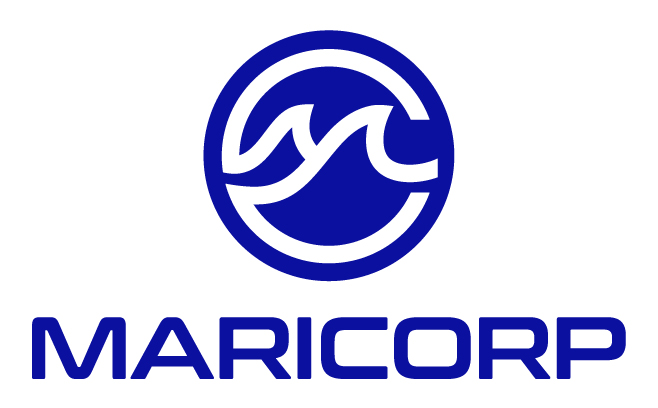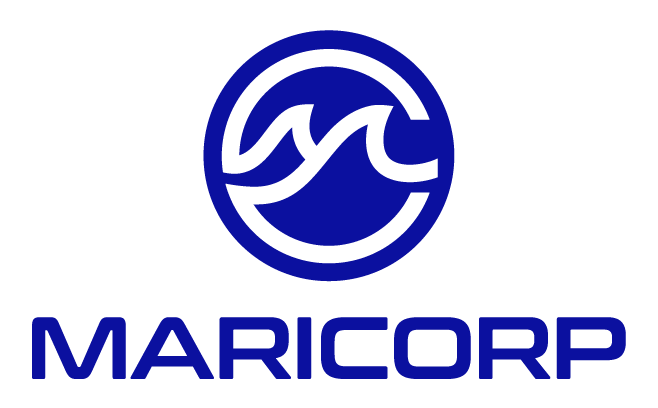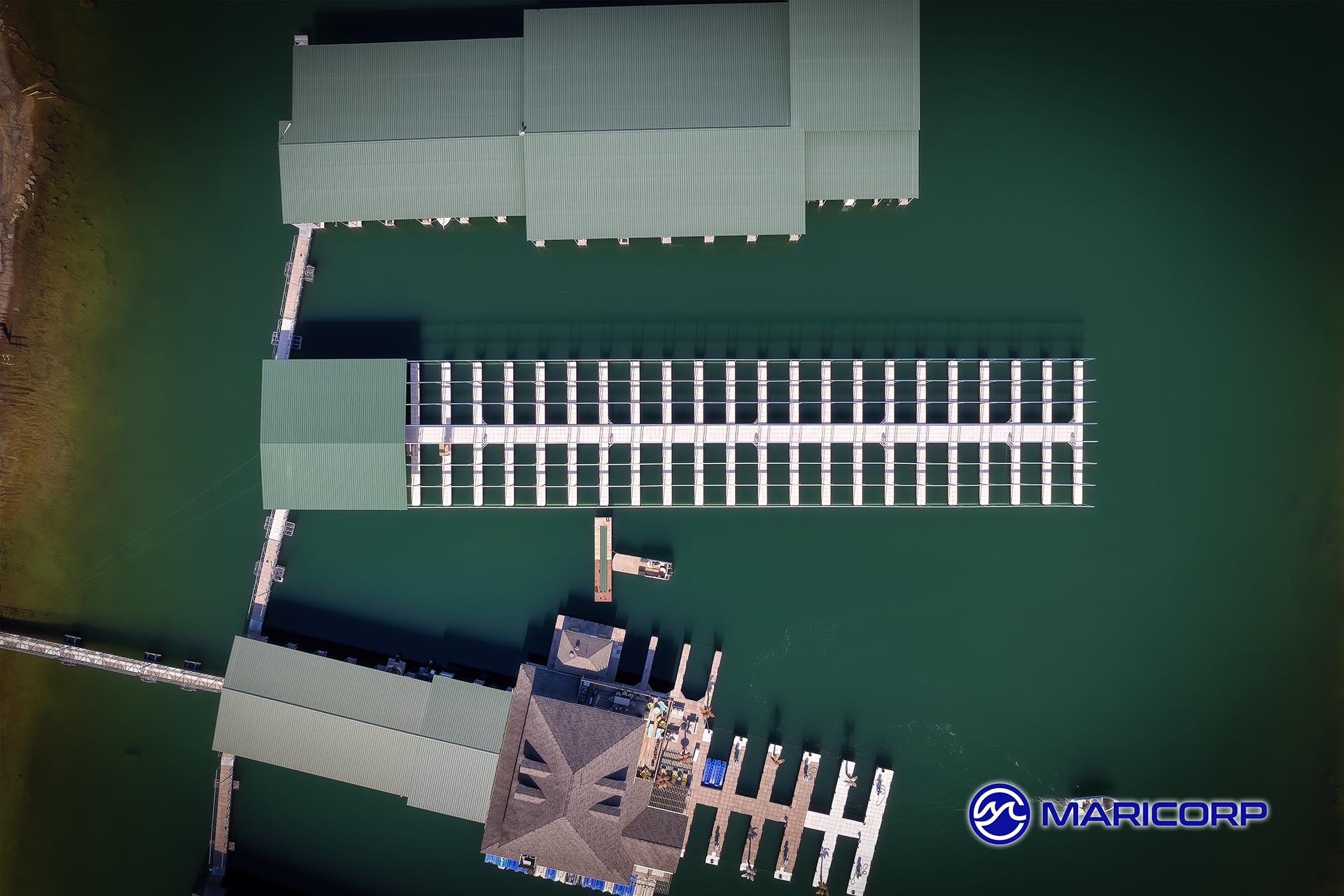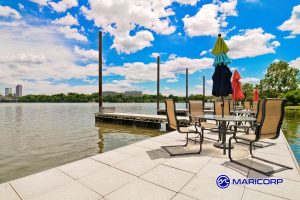Planning and Timing – Part 2 of 6 Things to Consider When Planning a New Dock
Planning a Timeline for a New Dock Construction Project
Planning the timeline for a new dock construction project is a complex endeavor requiring careful consideration of various factors, from regulatory approvals to supply chain issues. Plan the process carefully to ensure that all elements are carried out efficiently, culminating in the project’s successful completion by the desired date. This article seeks to guide you in creating an effective timeline for a new dock construction project.
1. Establishing the Project Completion Date
Determining the desired completion date is the first step in planning your dock construction timeline. This target date sets the framework for the entire planning process. By working backward from this date, you can develop a timeline outlining when each project phase must be completed to meet the deadline.
It’s important to account for all project stages, from initial design to final inspections. The dock builder’s early involvement is crucial, as their availability and input can significantly influence the timeline. For complex projects, especially those involving extensive landside work, the early engagement of a consultant may help streamline the process and avoid potential delays.
2. Consulting with Regulatory Agencies
Regulatory approvals are a significant component of dock construction projects. Depending on the location, various agencies may need to approve different aspects of the project. These approvals can be time-consuming, particularly if the project requires special ecological, archeological, or environmental assessments.
When planning and timing, identify which regulatory agencies have authority over the project and understand their approval processes and timelines. Engaging with these agencies early in the planning process can help mitigate delays caused by lengthy approval periods. For projects requiring a consultant, their input on regulatory matters should be sought early to integrate their timelines with the broader project schedule.
3. Design and Engineering Phases
Design and engineering phases are the foundation of your dock construction project. The timeline must accommodate the time required to develop detailed plans that meet all regulatory and client specifications. While some builders may offer design services, others may require hiring a separate consultant, especially for complex projects.
4. Builder Selection and Scheduling
Selecting the right builder is another critical decision that impacts the project timeline. The builder’s availability and estimated completion timeline must be factored into the overall schedule. Early coordination with an experienced builder can help identify potential challenges that could delay the project.
It’s also important to inquire about any “No Build Periods” due to environmental regulations. Certain waterways may restrict construction activities during specific periods to protect sensitive ecosystems or endangered species. These restricted periods may interrupt or delay onsite work and must be incorporated into the project timeline.
5. Accounting for Unforeseen Delays
Even with meticulous planning and timing, unforeseen delays are almost inevitable in construction projects. Weather conditions like inclement weather, flooding, or drought can cause unexpected stoppages. Additionally, design changes or unforeseen site conditions can lead to further delays.
To mitigate the impact of these potential disruptions, it’s advisable to include a contingency factor in your timeline. Adding as much as 100% to the projected days is not uncommon. A buffer is greater in the preplanning and planning stages when there are more variables and unknowns. Once contractors are on-site, your contingency factor may shrink to something more like an estimated 15% to 20% delay.
Unfortunately, knowing the buffer needed varies from region to region, and it will take some experience to help determine what it may be. Your builder or consultant may be able to help you, or you may be able to turn to a local builder’s association for help determining this factor. A buffer can help accommodate any unexpected challenges without jeopardizing the project completion date.
6. Incorporating Trade Contractor Timelines
For those acting as the general contractor, coordinating the timelines of various trade contractors is essential. Electrical, plumbing, fuel, sewage pump-out, security, fire protection, and communication systems all have their own timelines, which must be integrated into the overall project schedule.
Entering these timelines into a Gantt chart or similar project management tool can visually represent the project’s progress. They can often be found online at no cost or for a small fee. This visual representation of your project timeline will help identify potential conflicts or opportunities for timeline optimization. Some of these timelines may overlap with other project elements, offering additional opportunities to streamline the construction process. These tools can help you identify those opportunities.
You may not know, but there are several things you, as a marina owner, can do to help control the timeline and avoid delays.
- Streamline permitting and regulatory approvals.
Notify regulatory agencies of your plans well ahead of time. They can identify their needs for a successful permitting experience. When possible, duplicate a dock that has been approved before. Using designs previously approved or vetted by regulatory bodies can speed up the approval process.
- Strategic Project Scheduling
Scheduling construction during periods of predictable and mild weather can significantly reduce the risk of weather-related delays. Aligning project timelines with favorable climate conditions ensures a more consistent and reliable construction process.
- Advance Planning and Design
Begin planning and design work months or even years in advance. Early development of preliminary designs, combined with comprehensive site condition assessments like bathymetric surveys and soil borings, can prevent unforeseen challenges and eliminate unnecessary redesigns during the permitting process.
- Selecting an Experienced Project Management Team
Choosing contractors with extensive dock manufacturing and building experience is essential. Experienced teams are better equipped to manage the unique challenges of marine projects and ensure that the construction timeline is adhered to. Consistent communication between all stakeholders further supports this process.
- Fostering Collaborative Relationships
Long-term, collaborative relationships with contractors can create a more cooperative work environment, reducing the likelihood of disputes and delays. get the support of your local communities. If your community has strong opinions about your project, publicize and promote your plans, and be open to community feedback to help prevent disruptions and ensure smoother progress.
- Ongoing Monitoring and Issue Resolution
During the on-site construction process make regular inspections to ensure the work proceeds as planned. Address issues early to avoid rework. If the schedule starts slipping, don’t wait and hope your contractors make up the time; ask them to outline their plan for getting back on track and ask them what you can do to help them get there.
Planning the timeline for a new dock construction project requires attention to detail and proactive management of various factors, including regulatory approvals, design and engineering phases, and unforeseen delays. Marina owners can better coordinate the involvement of contractors, regulatory agencies, and other stakeholders by establishing a clear project completion date and working backward to create a comprehensive timeline. Effective communication, early planning and timing, and the selection of an experienced project management team will keep the project on schedule and lead to successful completion. Incorporating strategies like advanced planning, fostering collaborative relationships, and ongoing monitoring can mitigate potential delays, resulting in a smoother construction process and a timely dock completion.
No matter what form your capital expansion project takes, partnering with MariCorp US will ensure it’s on time and on budget. Speak to an expert now, call 877-858-DOCK.
Related Articles:
- Revenue Generator: Boat Winterizing Services
- Generate Revenues with Service Center
- Six Things to Consider When Planning a New Dock (Abridged)
- Return on Investment (ROI) – Part 1 of 6 Things to Consider When Planning a New Dock
- Planning and Timing – Part 2 of 6 Things to Consider When Planning a New Dock
- Permitting Requirements – Part 3 of 6 Things to Consider When Planning a New Dock
- Insurance – Part 4 of 6 Things to Consider When Planning a New Dock (Coming in January)*
*Sign up for our free newsletter “Marina Management Journal” so you can stay up to date
About MariCorp
Maricorp is one of the largest floating boat dock manufacturing and construction companies in the United States, specializing in galvanized steel floating docks and boat lift systems. With projects spanning coast-to-coast, Maricorp provides marina consultation and design, marine construction, marina repair and renovation, and boat dock disaster response and demolition.














